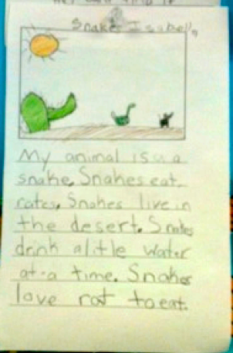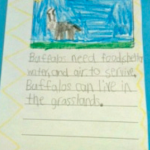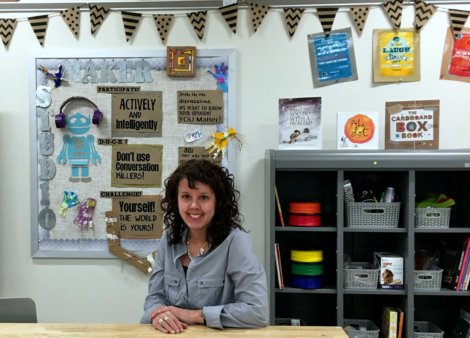
BrainPOP, Ecosystems and Habitats
Posted by Andrew Gardner on
Today’s Guest blogger is star BrainPOP user and 3rd grade teacher extraordinaire Maria Montalbano, from P.S. 58 The School of Heroes in Maspeth, New York. Maria is passionate about utilizing technology in the classroom and using BrainPOP to get students motivated! Click here to check out her blog!
Ecosystems, Habitats, & BrainPOP!
I used BrainPOP recently to teach my students about Ecosystems and Habitats. Although learning about animals is often interesting to children; learning about their habitats isn’t always as appealing. To make this lesson more engaging, I decided to refer to my dear friend, BrainPOP! Anytime I want my students to get excited about something, the first thing I do is check if BrainPOP has a video about it. It’s become a force of habit, a good one! Needless to say, after using BrainPOP there was no turning back with this lesson. The students were so eager to learn about the habitats and even more excited that they got to work with computers and watch the videos together. So here’s what I did…
Introduction/Motivation:
To introduce the words ecosystem and habitat to my students, I prepared printouts of the six different habitat “Belly Up” comics from BrainPOP jr. I distributed one comic to each group (I had 6 groups so it worked out perfect). I gave the students a few minutes to discuss the comics. We then discussed it together. They thought the comics were cute, and so did I!
I told the students that today we were going to discover Ecosystems, the six different habitats (arctic, desert, forest, freshwater, ocean, and rainforest) in the world, and the animals who live in them. I then played the ecosystems video on BrainPOP. This video was brief and to the point. It explained the ecosystems and the habitats within them. The students were psyched to start their own research.
Active Involvement:
In preparation for this lesson, I had already arranged for 6 of my class computers to be logged on to BrainPop Jr. and each computer had the habitat video ready to go for each individual group. I explained to the students that they were going to research the habitat on their Belly Up comic (it’s written in the upper right corner of the comic). The videos on BrainPOP jr. were much more thorough and age appropriate for my third graders. And the best part was… They didn’t need me to clarify anything. They understood it all on their own!
To assist them in their research, I printed out a graphic organizer that I found on BrainPOP Educators. I instructed them to take notes on this 2 column chart. They titled the 2 columns: Animal & Survival Needs. The students found this graphic organizer extremely helpful!
In addition to the videos, my students used their Science textbooks to add more details and information. They kept replaying the videos to see if they missed anything! They were so cute.
Independent Work:
After working together as a group, they individually selected one animal from their ecosystem and habitat group. Their assignment was to draw their animal in the habitat as best as they could. They also had to write a few sentences describing their animal and its habitat. I have pictures of some of their finished work below.
Closing:
As a closing to the lesson, they played the quizzes together as a group.
Share:
The next day, students presented their research on their particular ecosystems and habitats to the class. I wanted every child to see what their friends were able to do when they worked together. I also wanted them to learn about the other habitats that they didn’t do research on. In the end, my students were actively engaged while learning and it couldn’t have been possible without the help of BrainPOP!
















